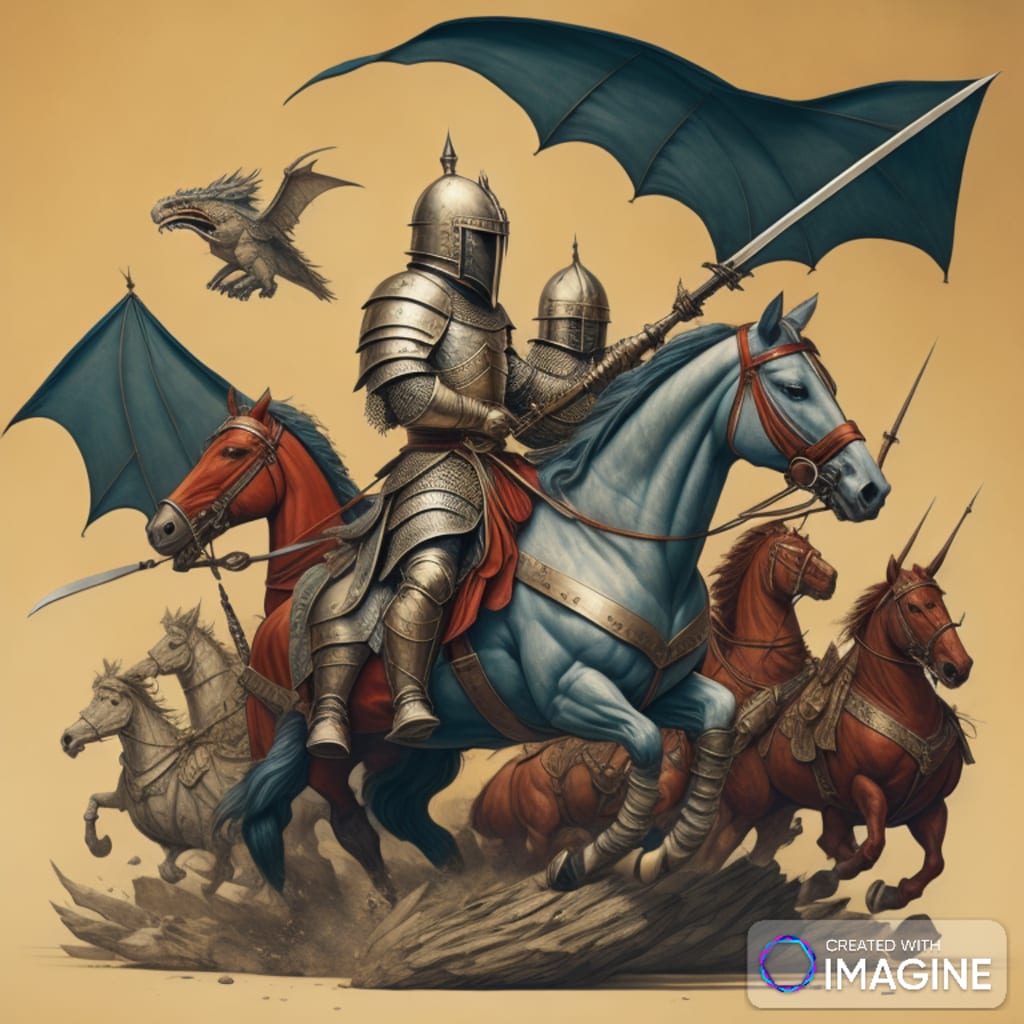
Step into the pages of medieval Europe, a realm shrouded in misconception and mystery. Often depicted as a land populated by unwashed, sword-wielding knights who dined on spoiled fare, adhered to a flat Earth belief, gallantly defended chastity-belt-clad maidens, and reveled in the grotesque torture of their adversaries, this portrayal is more the stuff of fiction than historical reality. Delving into the origins of these myths and contrasting them with the actual historical landscape of the Middle Ages uncovers a nuanced picture of a bygone era.
The term "Middle Ages" encompasses a vast millennium, spanning from the fall of Rome in the 5th century to the blossoming of the Italian Renaissance in the 15th century. While the concept has been applied to various corners of the globe, it predominantly refers to the European context. Disentangling the myths begins by addressing the notion that medieval inhabitants were universally ignorant and uneducated. An illustrative fallacy is the belief that medieval Europeans subscribed to a flat Earth theory, a misconception popularized by a 19th-century biography of Christopher Columbus. Although many medieval scholars situated Earth at the center of the universe, there was little contention regarding its spherical shape. The 13th-century work "On the Sphere of the World" underscores this awareness. Moreover, literacy rates ascended during the Middle Ages as monasteries, convents, and universities took root. The acquisition of knowledge extended to the study of Greek and Roman texts, negating the notion of a "lost" repository of ancient wisdom.
Another popular misconception involves the dietary habits of medieval people. An erroneous interpretation from a 1930s British publication painted a picture of individuals consuming rotten meat, masking the flavor with spices. This misinterpretation stemmed from a solitary medieval recipe and erroneously inferred from laws against the sale of putrid meat. The reality was starkly different: medieval Europeans skillfully preserved meats through methods like salting. Spices, although sought after, were often more expensive than the meat itself, thus if someone could afford them, they could also afford fresh food. The perception of perpetual uncleanliness during the Middle Ages, as put forth by 19th-century historian Jules Michelet, is also dispelled by historical evidence. Even small towns boasted bustling public bathhouses, and personal hygiene was upheld through the use of soaps made from ingredients like animal fat, ash, and fragrant herbs.
The specter of medieval torture devices haunts popular perception, fueled by exhibitions such as the 1890s tour featuring alleged relics from a "semi-barbarous age." The infamous Iron Maiden, adorned with menacing spikes, was a centerpiece of fascination, yet historical accuracy reveals that it was likely fabricated mere decades prior to its display. Iron Maidens, it appears, may not have existed in the actual Middle Ages. Similarly, the enigmatic "Pear of Anguish" did exist, but its use for torture is dubious, possibly serving as a mere shoemaker's tool. The gruesome torture devices that have come to symbolize medieval justice, in truth, are more recent constructs.
Legal proceedings during the Middle Ages were less macabre than these devices suggest. Fines, imprisonment, public humiliation, and forms of corporal punishment comprised the punitive repertoire. While torture and executions did occur, the most violent punishments were reserved for grave offenses like high treason. The enigmatic "chastity belt," a symbol of patriarchal control, likely did not exist. Mentioned by a 15th-century German engineer alongside jestful musings and fantastical inventions, chastity belts were later misconstrued as genuine historical artifacts, a classic case of satire being mistaken for reality.
The mythology enveloping the Middle Ages has been subject to shifting interpretations, influenced by the perspectives of different historical periods. Coined alongside the pejorative "Dark Ages," the term gained traction during the 15th and 16th centuries, championed by scholars whose biases favored the preceding Classical and succeeding Modern epochs. Enlightenment thinkers, in their celebration of reason, painted a portrait of medieval individuals as superstitious and irrational. The 19th century witnessed Romantic European nationalist thinkers idealizing the Middle Ages, constructing narratives of chivalry and wonder within an isolated, white, Christian society. Yet, the role of knights in warfare was more nuanced than commonly assumed, and the Middle Ages witnessed vibrant exchanges facilitated by Byzantine, Muslim, and Mongol trade routes. A diverse array of merchants, intellectuals, and diplomats traversed medieval European cities, blurring cultural boundaries.
Perhaps the most pervasive myth is the notion that the thousand-year span of the Middle Ages represents a homogenous and cohesive chapter in European history. Originally defined more by what it wasn't rather than what it was, the Middle Ages morphed into a battleground of competing narratives, fueling fantastical interpretations that often diverged from historical fact. Exploring the tapestry of medieval Europe demands peeling back layers of mythology to reveal a dynamic era shaped by knowledge, cultural exchange, and a humanity more nuanced than caricatured portrayals suggest.
About the Creator
GoLow
Delving into Weird Science, Mysteries, and the Unknown. From unexplained phenomena to unsolved mysteries, we'll dive into the fascinating world of the uncharted and unusual.






Comments
There are no comments for this story
Be the first to respond and start the conversation.